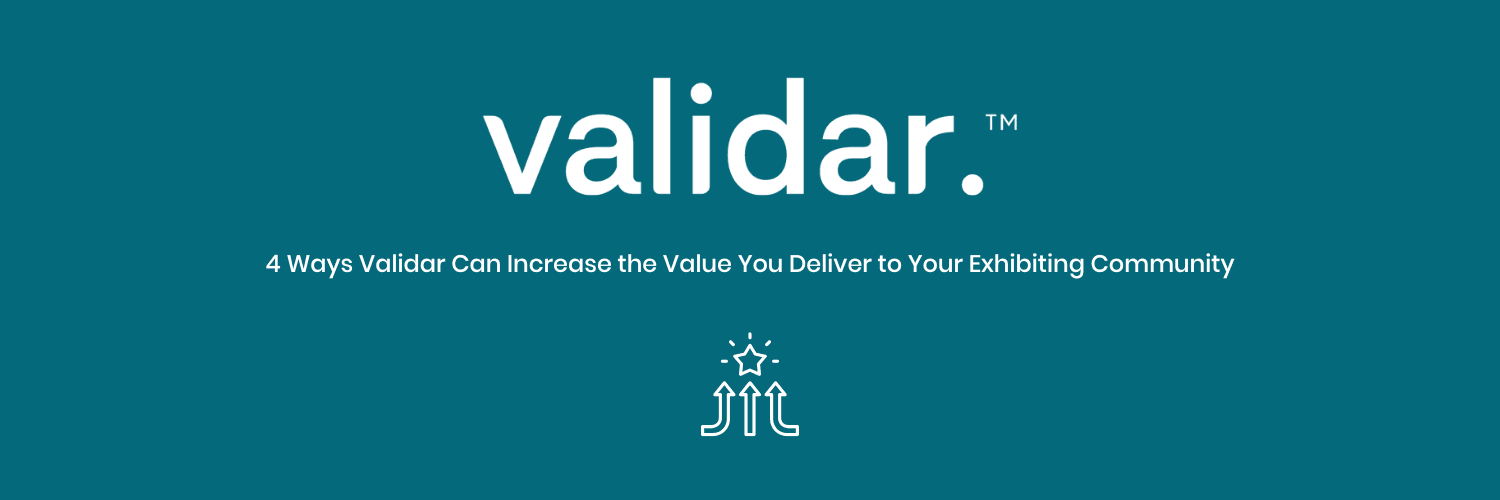When an event is designed to create product demand, it must go beyond brand exposure and focus on measurable influence. Whether you're hosting a product launch, a demo-heavy booth, or a session-driven experience, the ultimate goal is clear: drive qualified interest and pipeline.
At Validar, we’ve supported hundreds of event marketers looking to convert in-person engagement into real business outcomes. Based on those experiences, here are four best practices to maximize product demand generation at your next event.
1. Make the Attendee Journey Visible Within Your CRM
One of the biggest missed opportunities in demand-driven events is not integrating the full attendee journey into your CRM or marketing automation system.
Your team should be able to see more than just badge scans. Every booth visit, session attended, evaluation submitted, and meeting held should be part of a single, unified attendee record. This creates context for post-event outreach and empowers your sales team to follow up intelligently—without relying on guesswork.
Tip: Validar’s vConnect for Salesforce makes it easy to sync attendee behavior directly into your CRM, enabling smarter, more contextual follow-ups.
2. Let Attendees Control How They’re Treated
In today’s experience-driven economy, attendees expect personalization—and permission. Events that perform best in generating demand are ones that let attendees define their own journey and indicate how they want to be engaged post-event.
This can be as simple as letting them opt into specific content tracks or as advanced as using lead capture tools that allow attendees to categorize their interests and level of urgency. Giving them that agency improves the quality of the interaction and increases trust in your brand.
How Validar Helps: With vCapture, you can empower your sales team to capture attendee preferences in real time—turning one-size-fits-all follow-ups into meaningful conversations.
3. Use Technology That Enhances—Not Interrupts—the Experience
It’s easy to overengineer the event tech stack. But technology should feel like an extension of the experience, not a barrier. Choose tools that help your team stay present while capturing key data.
- Sessions + Evaluations = Meeting Drivers
Well-run breakout sessions can build authority, and when paired with post-session evaluations, they become incredible tools to identify interest and intent.
- Lead Capture That Lets Attendees Categorize Themselves
Rather than guessing an attendee's level of interest, give them the option to self-identify—“I want a follow-up,” “Just browsing,” “Ready to buy.”
Reminder: Your goal is to reduce friction while capturing rich engagement data. Every touchpoint is a signal—make sure your tech is listening.
4. Get the Credit You Deserve Through Marketing Stack Integration
Your event’s impact on revenue should never be a black box. If your event data isn’t integrated into your demand gen ecosystem, you risk losing credit for one of your most high-impact channels.
From first touch to closed-won, you need to attribute pipeline and revenue to your event efforts accurately. That means integrating with Salesforce, Marketo, HubSpot, or whatever tools you rely on to measure performance.
Bottom Line: Revenue recognition starts with smart data collection—and ends with flawless integration. Make sure your systems talk to each other so you can prove ROI and secure future budget.
Final Thoughts
Product demand doesn't happen by accident. It happens when events are built to educate, engage, and empower both attendees and your internal teams. From CRM visibility to attendee-led engagement, it’s about making every touchpoint intentional and measurable.
Whether you're hosting a product showcase, leading a user group, or owning a booth at a major trade show—Validar helps you turn real-world engagement into real results.
Ready to maximize product demand at your next event?
Book a free demo with our team → https://validar.com/demo


.png&w=3840&q=75)



